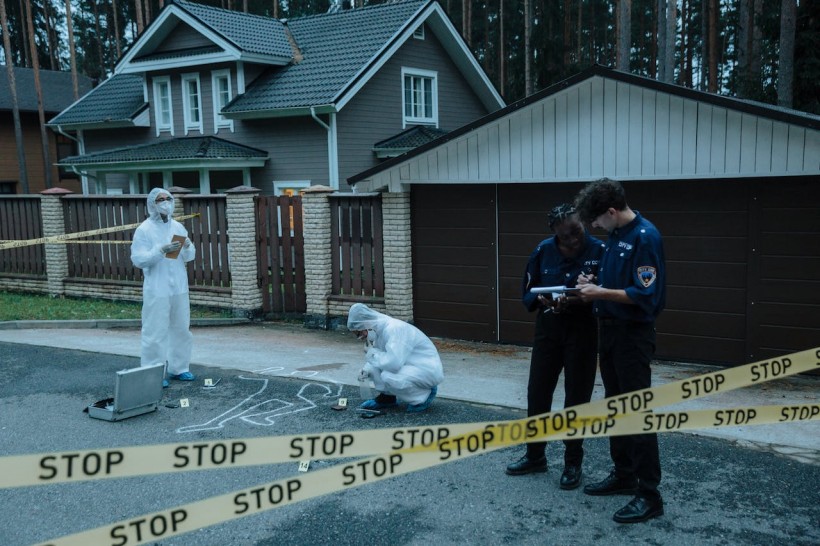The microbial breakdown of organic matter is one of the most vital processes on our planet since it helps sustain life by recycling biological materials. However, the nature of decomposition remains a mystery.

The process of decomposing organic plant waste is relatively well understood, while very little is known about the ecology of vertebrate decomposition, including humans. Gaining a better understanding of how the human body decomposes can help advance forensic science.
Identification of Microbial Community
For the first time, a group of experts from Colorado State University have identified a network of about 20 microbes that universally drive the decomposition of dead bodies. The result of their study is discussed in the paper "A conserved interdomain microbial network underpins cadaver decomposition despite environmental variables."
This multi-year undertaking occurred in three forensic anthropological facilities: Sam Houston State University, University of Tennessee, Knoxville, and Colorado Mesa University. Led by associate professor Jessica Metcalf, the research team decomposed 36 cadavers in different climates and during all four seasons. Then, they gathered skin and soil samples for each decomposing body during the first 21 days.
The samples helped Metcalf and her colleagues generate a significant amount of molecular and genomic information used to construct an overall picture of the microbiome present at each site. The team investigated what microbes are present, what they are doing, how they got there, and how their behavior changed over time.
It was discovered that regardless of climate or soil type, there is the same set of about 20 specialist decomposing microbes on all 36 cadavers. Surprisingly, these organisms arrived at certain points throughout the 21-day observation period, with insects playing a vital role in their arrival.
READ ALSO: Postmortem Life? Some Microbes Continue To Live On After Human Death, Study Suggests
Potential in Forensic Investigation
Understanding decomposing microbiomes' consistent makeup and timing can have crucial implications for forensic science. They can provide crime scene investigators with a more precise way of determining a person's time of death.
To make this possible, Metcalf collaborated with David Carter, professor of forensic sciences at Chaminade University of Honolulu, and Rob Knight from the University of California San Diego. Using machine learning techniques, their team built a tool that can accurately predict a body's postmortem interval.
When investigating the death of a person, only a few types of physical evidence can be present at every scene. Fingerprints, bloodstains, or camera footage may not always be available, but the microbes will always be present.
National Institute of Justice director Nancy La Vigne views the study as promising. She noted that it does not only help identify the decedent, but it can also aid in determining potential suspects and in confirming alibis.
Aside from identifying the universal decomposers, the scientists also tried to determine the origin of this microbial community. While these microbes cannot be found in soil microbiome databases or catalogs of human skin and gut microbiomes, their presence was discovered in insects. This means insects play a significant role in bringing microbes into the dead bodies during decomposition.
RELATED ARTICLE: All Living Things Die: What Happens to the Body After Death?
Check out more news and information on Decomposition in Science Times.














